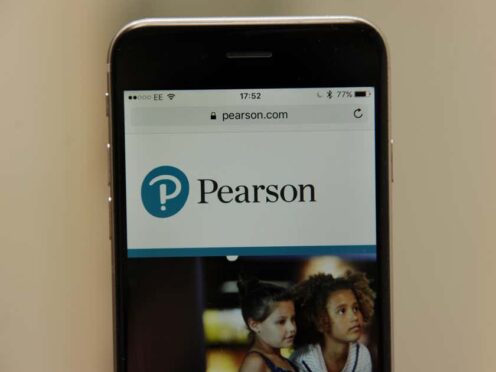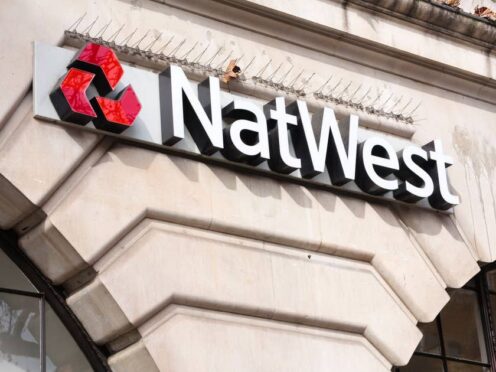Worried about the impact of the cost of living crisis on your business? Here’s some expert advice to help you take back control.
-
Some Press and Journal online content is funded by outside parties. The revenue from this helps to sustain our independent news gathering. You will always know if you are reading paid-for material as it will be clearly labelled as “Partnership” on the site and on social media channels.
This can take two different forms.
“Presented by”
This means the content has been paid for and produced by the named advertiser.
“In partnership with”
This means the content has been paid for and approved by the named advertiser but written and edited by our own commercial content team.
There are no two ways about it, costs are going up – as a business owner, it’s understandably concerning. Claire Clark, a Chartered Accountant and head of specialists at business advisory firm Hutcheon Mearns, said: “Businesses will obviously be experiencing the high inflation that everyone is experiencing as individuals and companies, and they’ll notice a lot of their costs will be going up.”
It’s easy to get lost in the worries and be consumed by fears about the potential impact of the cost of living crisis on your business. But Claire emphasises that there are ways to take back control.
She explains: “The worst thing you can do in these situations is panic. The best thing you can do is be well informed.”
Why you need a clear picture of your business finances
Financial information will help. How? Well, in short, it can give you an overview of your business finances so you can identify areas that need attention and develop an action plan. Claire says: “ For many businesses, you may have worked with the same clients for years and never considered how profitable they are.
“We often help clients analyse their existing financial information to see profitability by client or contract. This may highlight that 90% of your profitability comes from 10% of your clients and therefore perhaps you need to renegotiate the remaining client agreements.”
It means you can be honest with yourself about the potential impact of the cost of living crisis on your business.
Revenue, profit, cash – what can you do in each area?

From there, you can take action. Claire recommends asking yourself: “What can we do from a revenue perspective, from a profit perspective and from a cash perspective?”
5 tips for managing rising business costs
1. Remember, you don’t need to absorb rising costs
Claire says: “If a business is experiencing increased cost, don’t feel you need to absorb that in the first instance. I think the key thing is speaking to your clients and explaining the situation. See if, at least to some extent, you can pass on that increased cost.
“Make sure you focus on the value you provide. So it doesn’t need to be as cold as ‘my costs have gone up 10% therefore I’m doing the same to you’. It can be, ‘we want to keep our relationship and work with you, but we also need to protect ourselves commercially’.”
At the end of the day, the clients you’re speaking to will likely be in a similar position. That means you should probably expect pushback, but hopefully you have a strong relationship and can reach a middle ground.
Claire adds: “It is normal for businesses to review pricing annually, so that provides an opportunity to have an open pricing conversation with your customers.”
2. New clients could mitigate the cost of living crisis for your business
Explore all opportunities as a business. “Make sure you’re always on the lookout for new clients,” Claire says. “If a client can’t absorb some of the cost and it becomes unprofitable to sustain it, you need to make sure you have contacts elsewhere so you have options.
“No one wants to lose a client, but sometimes you need to accept that if it’s not going to be profitable you can’t do yourself the injustice of continuing the work.”
3. Speak to suppliers to manage costs

Can you reduce your outgoings by negotiating with your business suppliers? Claire emphasises: “Always go and speak to your suppliers, conversation is key.”
Just like with your customers, you may be able to find a middle ground. For example, increasing prices by 7% instead of 10% or taking on a longer term agreement for a discount.
Claire adds: “Also, investigate alternative suppliers who may offer better pricing. Even if you don’t want to leave a current supplier, knowledge is power when it comes to negotiation.”
4. Make employees feel valued
Just as you are aware of the cost of living crisis as a business, your employees may well be noticing rising costs as individuals.
Claire says: “In the current climate, there will probably be employees asking for pay increases, which can have a significant impact on your business. It’s important to remember that pay is only one aspect of remuneration. Ultimately you want your employees to feel valued. So if you can’t meet their expectations regarding pay, are there options for remote working? That could reduce their petrol expenses. Think outside the box, it doesn’t have to be a pay increase.”
For example, that could be working shorter hours to avoid childcare costs or a one-off investment in training. Speak openly with your employees and think about things that might “make a difference and help them reduce their own costs”.
5. Always keep in mind your cash flow
Claire believes it’s important to forecast your cash flow to identify crunch points – this can easily be undertaken with an integrated cash flow model. Then you can plan how to deal with these by considering the likes of restructured customer payments, cash rebates, funding routes or alternative financing options (like asset financing).
Not all measures will be applicable but they’re worth exploring – and it’s where expert help from the likes of Hutcheon Mearns can make a big difference to your bottom line.
The key to taking back control of rising business costs
All in all, Claire emphasises that open communication is key. She says: “Honesty goes a long way. It’s not always good news but as long as you can explain it and justify it, people can be reasonable.”
In order to be honest – with yourself and your customers and suppliers – you need the right financial information and a clear picture of where your business stands. Hutcheon Mearns, which is all about empowering its clients with knowledge, can help you do this.
Expert advice could make all the difference as you navigate rising costs. Find out how Hutcheon Mearns can help your business.










